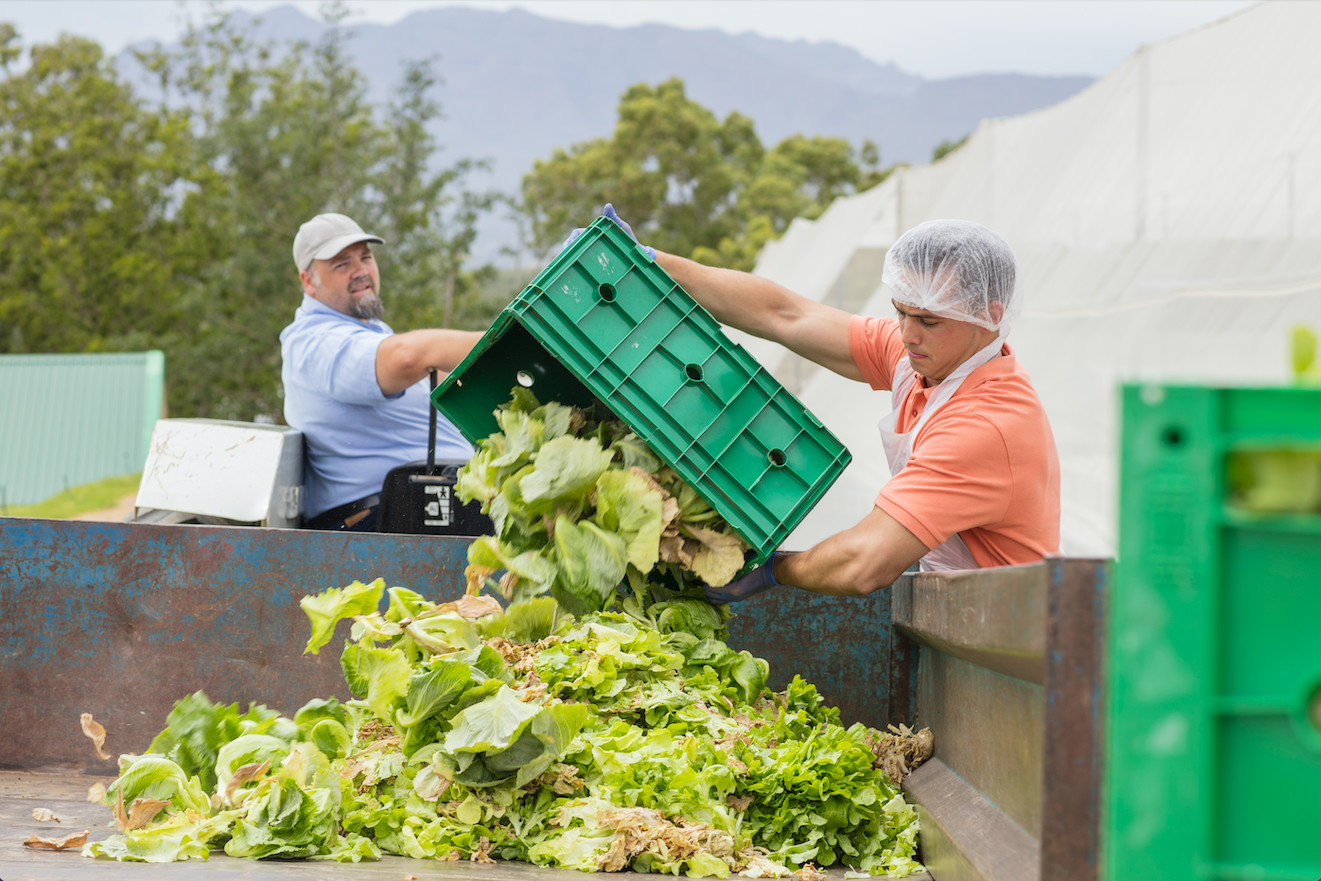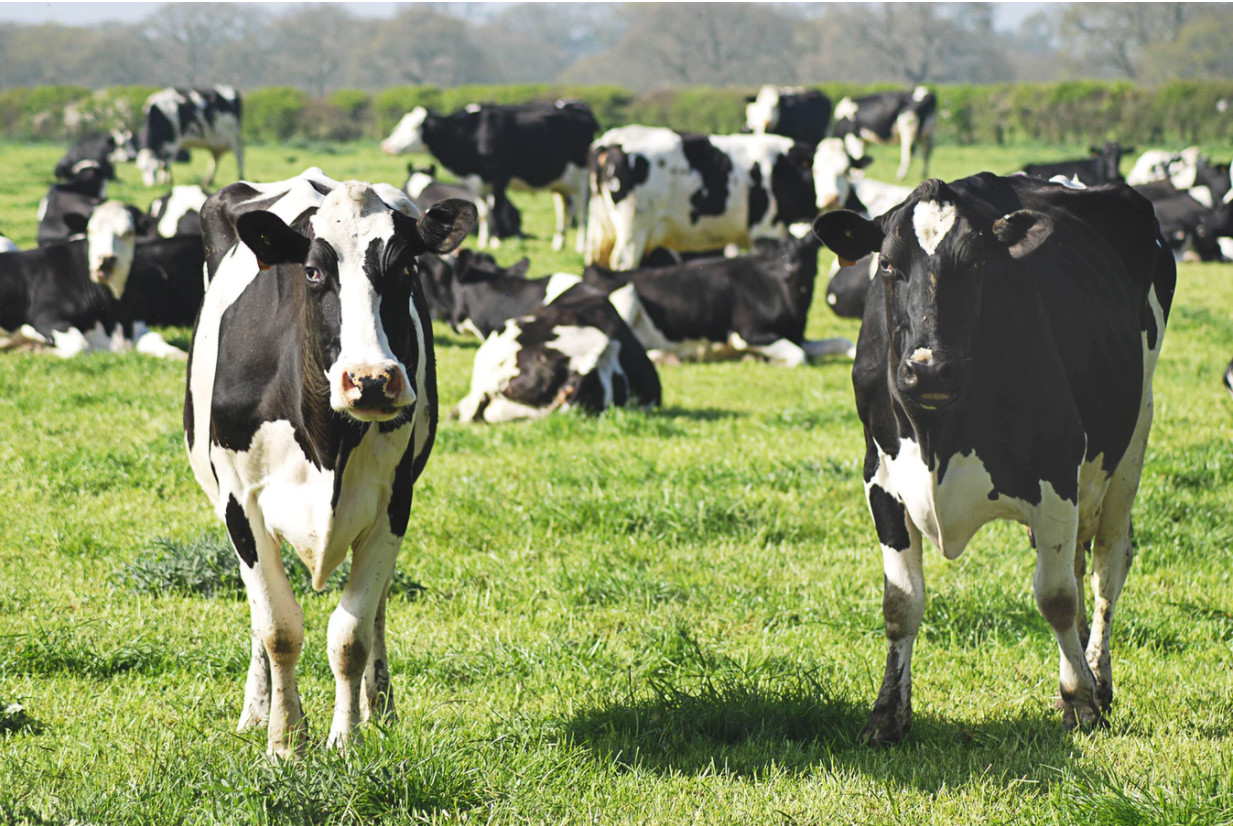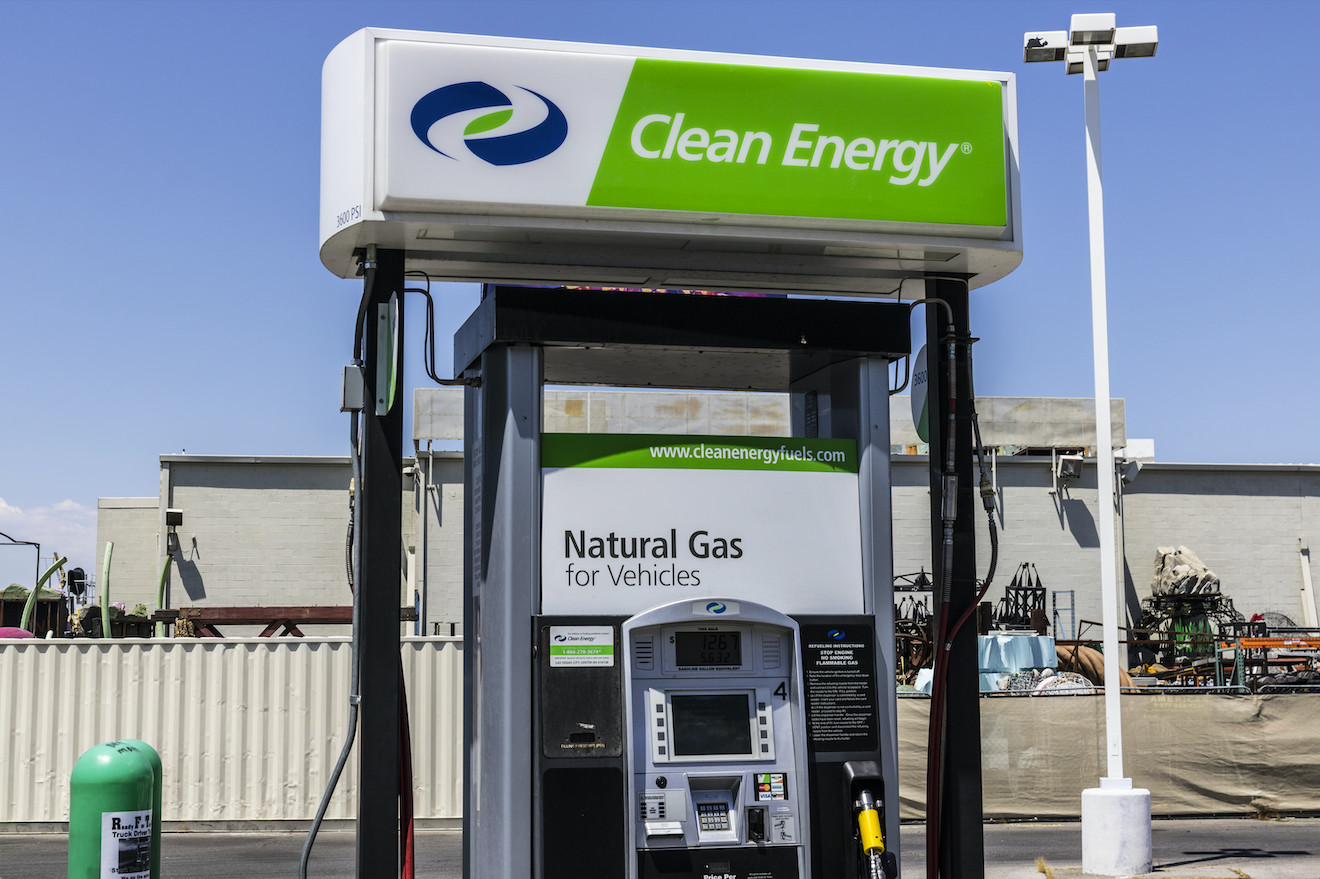
Sciences & Technology
A solution to engineering energy-saving smart materials

By extracting biofuel from agricultural and urban waste, researchers hope to create a low-cost, zero emission transport fuel for the future
Published 8 April 2021
For all of its bountiful produce, like meat, fish and crops, agriculture also generates considerable waste.
Of main concern is methane (CH₄), a gas burped by cows and released by rotting vegetation and manure, because it has a much higher global warming potential than carbon dioxide (CO₂).

That is, methane in the Earth’s atmosphere absorbs much more radiation energy per tonne of gas than CO₂, and so is a significant contributor to global warming. Furthermore, oxidation of methane in the atmosphere leads to the formation of ozone which is another potent greenhouse gas.

Sciences & Technology
A solution to engineering energy-saving smart materials
Our research is looking at ways to flip this relationship, taking the methane produced from agricultural and urban waste and using it as a cost-effective fuel in the transport sector – a fuel known as bio-compressed natural gas (bio-CNG).
Our initial analysis shows that bio-CNG, derived from wastes – with careful consideration of the lifecycle greenhouse gas emissions associated with its production, processing and use – can be financially viable in the Australian market.
The transport sector currently accounts for approximately 20 percent of Australia’s greenhouse gas emissions. Absolute transport sector emissions have increased by more than 60 percent since 1990 due largely to Australia’s reliance on cars.
Australian road transport is currently dominated by vehicles that burn diesel and petrol.
Although electric vehicles have bright prospects, it is unlikely that their use alone can meet our emissions reduction objectives, given the wide range of vehicles that we use (including heavy-duty trucks that are hard to electrify), Australia’s vast distances and our low population density.

Current alternative fuels such as compressed natural gas (CNG), ethanol and liquefied petroleum gas (LPG) have all remained small players despite attractive aspects of each.

Sciences & Technology
From grapevine waste to a sustainable building material
Bio-CNG may therefore be an option, given its potentially very low and even negative lifecycle emissions.
Bio-CNG is derived from organic sources available in urban waste, agricultural waste and food processing residues, by a process called anaerobic digestion. In this process, the waste organic matter is decomposed by methane-generating bacteria in the absence of oxygen.
This can occur both naturally in landfills, or intentionally in specially-designed anaerobic digesters. The methane produced by the bacteria can then be captured, purified, compressed, and used directly as a transport fuel.
Bio-CNG can be considered carbon neutral when combusted in an engine because the CO₂ emitted is offset by the CO₂ sequestered or ‘locked up’ in plant matter during its growth. Importantly, because bio-CNG can be generated from waste, precious cropland is not displaced to produce it.
Re-purposing agricultural and urban wastes as a carbon-neutral fuel also avoids the emission of methane that would have occurred from manure and waste handling, resulting in additional benefits in reducing global warming impact.

Furthermore, the solid by-product of bio-CNG production is a useful fertiliser, that can potentially also replace today’s emissions-intensive chemical fertilisers, generating further environmental benefits.

Sciences & Technology
The nanowires building greener nanodevices
Accounting for these additional emission reductions could enable bio-CNG to even have a negative lifecycle emissions intensity. That is, carbon emissions aren’t only reduced, but captured from the atmosphere, as has been certified by the California Air Resources Board with their Low Carbon Fuel Standard.
Several countries have recently increased their bio-CNG use in natural gas vehicles. Sweden currently fuels 90 percent of its natural gas vehicle fleet with bio-CNG and is working towards a fossil fuel independent transport sector by 2030.
This initiative demonstrates the feasibility and strong potential of large-scale use of bio-CNG. Australia lags in this respect despite its significant available agricultural resources and an estimated potential to meet about 30 percent of road transport sector energy use with bio-CNG.
The prospects of bio-CNG to displace fossil fuels will of course depend primarily on the cost of its production. This cost can vary widely depending on the source of organic matter used to produce the bio-CNG, the transportation distances required to collect the organic matter from what can be wide agricultural areas, and on the scale of production.

The cost of bio-CNG is therefore highly case specific and is estimated in the range of $A7 to $A51 per gigajoule of energy across Australia. In a large-scale production plant, costs on the lower end of this range should be possible, highlighting a significant opportunity to replace gasoline and diesel as transport fuels that have a current cost of approximately $A30 per gigajoule.

Sciences & Technology
What could Australia’s clean energy future look like?
There are also opportunities to make bio-CNG even more competitive with other transport fuels.
Consider manure as the raw input for producing bio-CNG. The methane emissions avoided by converting manure into bio-CNG via anaerobic digestion have been found to be equivalent to 30 kilograms of CO₂ emissions per gigajoule of energy produced, and potentially even lower.
In such a case, a blend of 65 percent of this negative emission fuel with 35 percent natural gas can be considered an emissions-neutral fuel.
Considering a bio-CNG cost in the mid-range of estimates and $A6 per gigajoule for natural gas, the overall cost of this emissions-neutral fuel is about $A16 per gigajoule, which is very competitive with other transport fuels.
Bio-CNG produced from organic wastes may contain impurities such as water vapour, hydrogen sulphides, ammonia, oxygen, nitrogen, siloxanes and particulate matter. Removing these impurities from bio-CNG to produce transport fuel-grade biomethane (bio-CNG) is of high importance for reliable operation of natural gas vehicles.

Several biomethane quality standards and recommendations have been published in Europe and North America.
However, there is currently no such legislation for biomethane in Australia. Existing standards differ notably across countries, especially those pertaining to the upper concentration limits of some trace contaminants.

Appropriate limits that ensure safe and reliable operation of natural gas vehicles, as well as reasonable production costs, are the subject of global research.
For the potential of bio-CNG to be realised, we need to develop appropriate standards for Australian biomethane quality. In addition, determining the emissions benefits of using bio-CNG requires a comprehensive life cycle assessment in the Australian context.
The potential for bio-CNG to achieve negative lifecycle emissions also presents an opportunity to create a more affordable, zero-emission fuel by blending biomethane with natural gas. This could be cost-competitive with other fuels and play a significant role for vehicles that are hard to electrify, like trucks.
Banner: Shutterstock